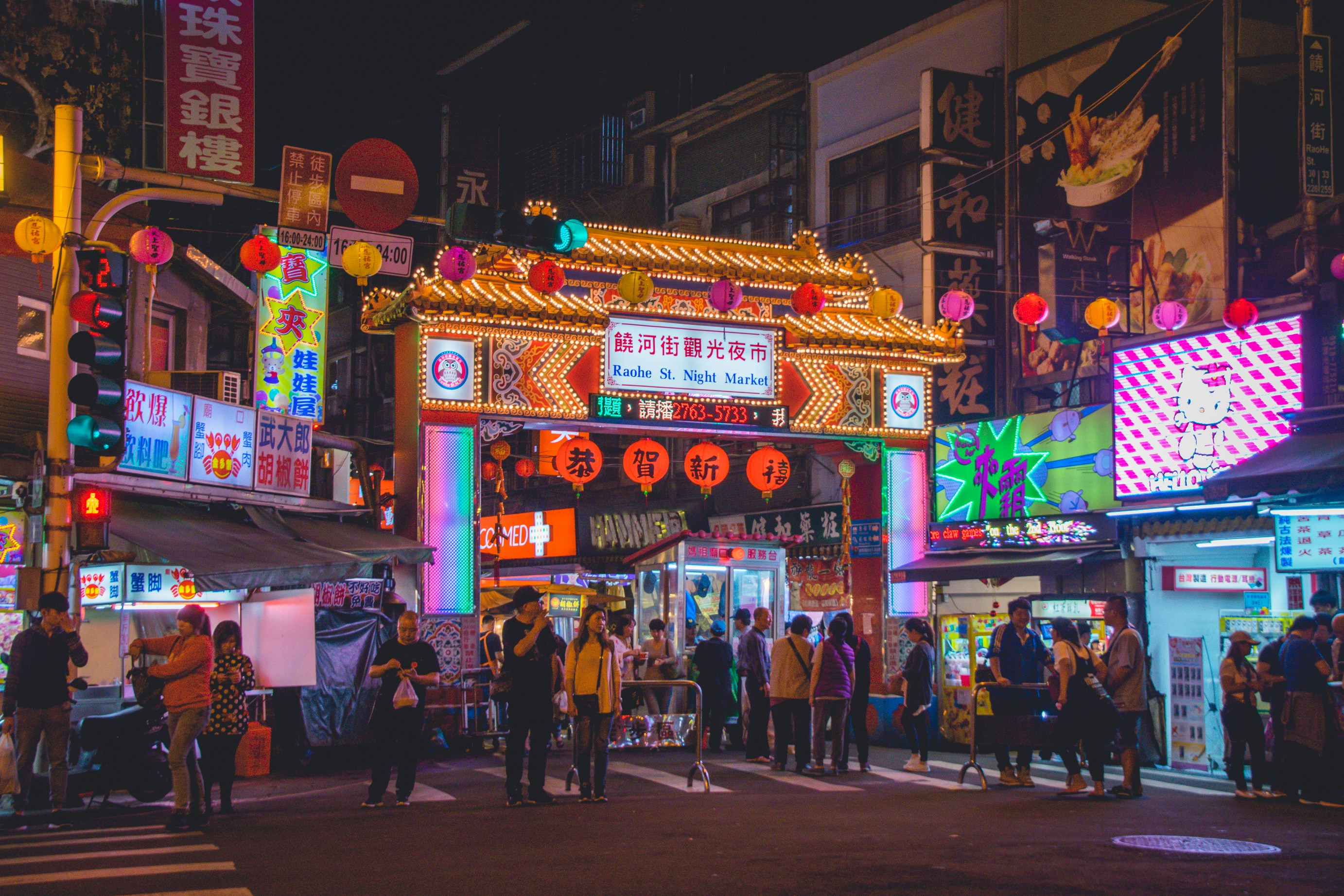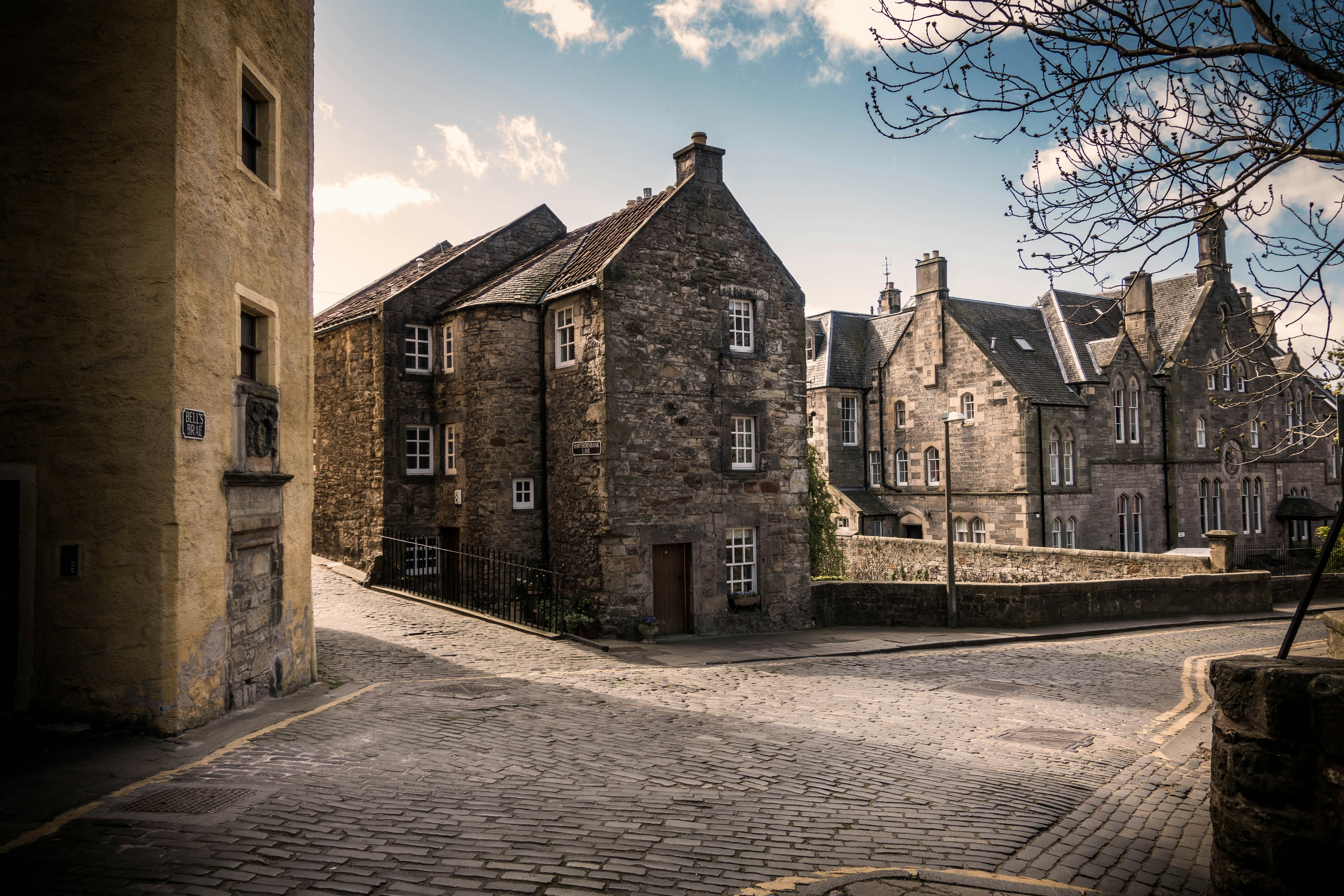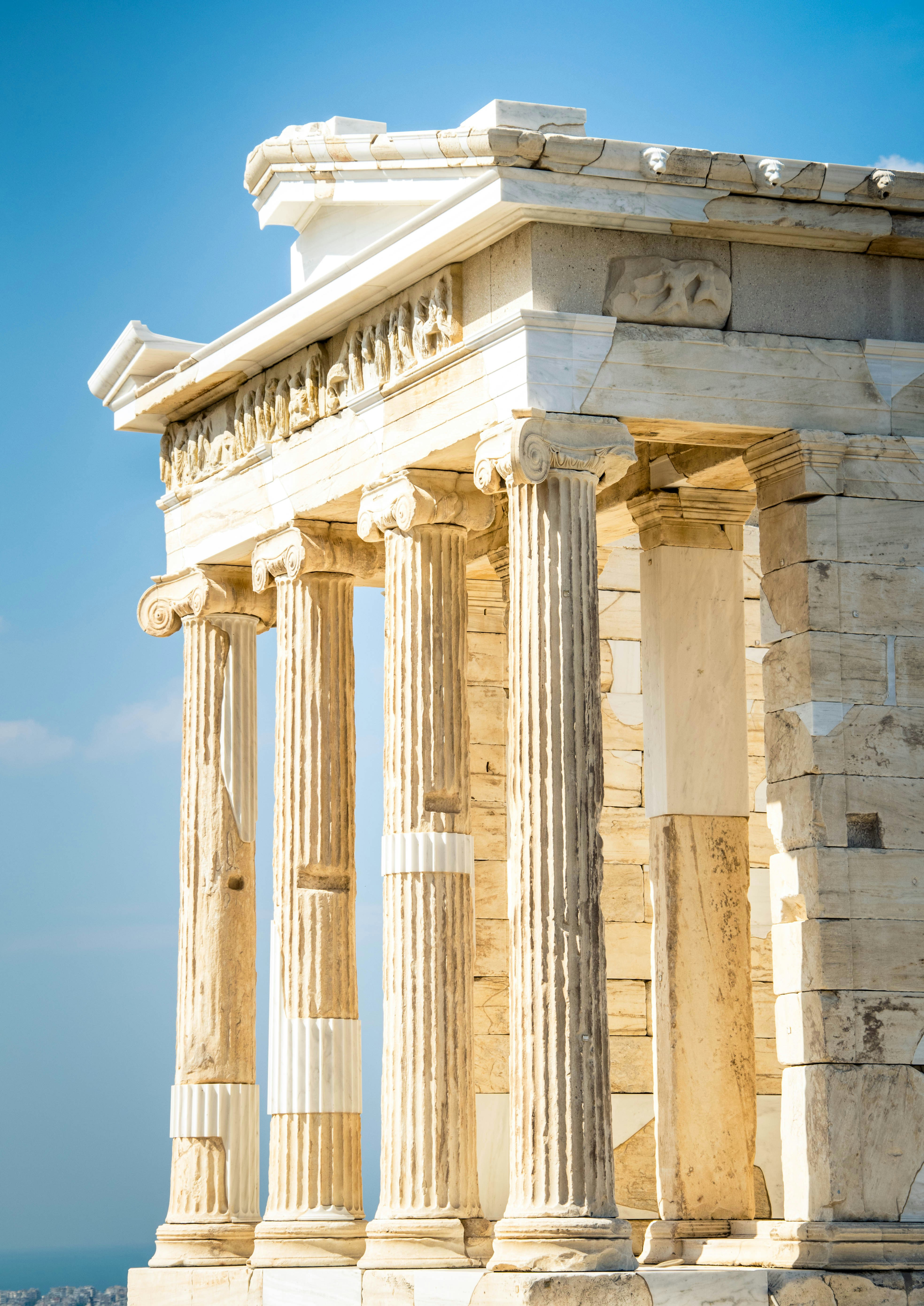Taipei 2025: A 4-Day City Guide to Night Markets, Temples, and Mountains

Taipei is a city that rewards wanderers: a fragrant, neon-tinged tapestry where steaming breakfast shops sit beside sleek third-wave coffee bars, incense coils drift through centuries-old temples, and quiet mountain trails begin a few MRT stops from high-rise districts. This 2025-ready guide helps you cut through the noise and build a balanced, satisfying plan—where to stay, how to move, what absolutely not to miss, and how to time your trip for comfort, value, and flavor.
Plan your arrival with cheap flights to Taipei and protect your itinerary by understanding your rights to compensation for delayed flights. Demand spikes in popular weeks (spring blossoms, early summer weekends, and late autumn foliage), so book early. With the city’s excellent public transport and reliable cashless payments, Taipei remains one of the easiest introductions to East Asia—welcoming, efficient, and endlessly delicious.
Where to Stay
Choosing the right neighborhood in Taipei shapes your rhythm: food-first evenings, quiet mornings in parks, temple strolls, or late-night shopping. These areas give you distinctly different flavors without sacrificing transport convenience.
Ximending (Wanhua District)
Known as Taipei’s youthful pedestrian zone, Ximending buzzes with street snacks, niche fashion, and late-night energy. It’s perfect if you love to step out and be in the middle of things. MRT access on the Blue Line makes it an ideal base for first-time visitors.
- Why stay: Nightly street life, quick eats, wallet-friendly hotels, pedestrian streets.
- Keep in mind: Can be noisy on weekends; not for those seeking quiet nights.
- Good for: First-timers, budget-conscious couples, solo travelers who enjoy bustle.
- Nearby: Red House, historic lanes, easy hop to Taipei Main Station.
- Typical price range: Mid to budget-friendly; boutique stays available.
- Transit: Blue Line; several bus corridors.
- Vibe: Colorful, casual, street-style energy.
- Tip: Book weekend nights well ahead—demand is high year-round.
- Best for 2025: Travelers who prioritize lively evenings and short commutes to old town sights.
Da’an District
Da’an is Taipei’s leafy, upscale heart—with Da’an Forest Park at its core, countless brunch cafés, and excellent connections to eastern neighborhoods. It is an easy recommendation for families and travelers who want calm nights and quality coffee mornings.
- Why stay: Central yet quiet pockets, park proximity, cafés and bakeries.
- Keep in mind: Rates trend higher; nightlife is low-key.
- Good for: Families, brunch lovers, runners, and those who want balance.
- Nearby: Yongkang Street eats, Yonghe breakfast shops, boutique retail.
- Typical price range: Mid to upper-mid; plentiful serviced apartments.
- Transit: Red/Orange/Blue Line interchanges are accessible; plentiful buses.
- Vibe: Green, polished, slow mornings.
- Tip: Request rooms facing internal courtyards for quieter nights.
- Best for 2025: Visitors planning early starts and long walking days.
Zhongshan
Zhongshan blends riverside paths, department stores, and a growing izakaya scene. North of Taipei Main Station, it offers great transit, newer hotels, and an easy walk to Ningxia Night Market.
- Why stay: Walkable to Ningxia, good midrange and business hotels, riverside access.
- Keep in mind: Business districts can feel quiet on Sunday mornings.
- Good for: Couples and friends who want food walks and low-drama logistics.
- Nearby: Dadaocheng historic streets, tea shops, design stores.
- Typical price range: Mid; frequent promo deals in shoulder seasons.
- Transit: Red/Green lines; easy bus connections.
- Vibe: Urban with classic lanes and new-wave bars.
- Tip: Book weekday stays for better value and restaurant availability.
- Best for 2025: Food-forward travelers and tea lovers.
Songshan & Nangang
On the eastern side, Songshan gives you Raohe Night Market and riverside cycling. Nangang is tech-forward with new hotels, conference centers, and quick links to the mountains. Choose these if you want to explore further east and avoid central crowds at night.
- Why stay: Access to Raohe, riverside paths, modern hotel stock.
- Keep in mind: Business vibe, fewer old-lane strolls.
- Good for: Repeat visitors, cyclists, conference travelers adding leisure days.
- Nearby: Ciyou Temple, Songshan Cultural and Creative Park.
- Typical price range: Mid to upper-mid with frequent promos.
- Transit: Green/Blue lines; TRA trains at Songshan; buses to mountains.
- Vibe: Modern, streamlined, riverside after-work joggers.
- Tip: Consider this area if your itinerary includes day trips east of the city.
- Best for 2025: Travelers who prefer new-build hotels and quick transit.
Getting Around
Taipei’s transport network is one of Asia’s most intuitive. With an EasyCard, you tap for MRT, buses, selected trains, and even convenience-store purchases. Services run frequently, stations are well signed in English, and platform etiquette is respected.
MRT and Buses
- EasyCard: Buy/recharge at MRT stations and convenience stores; keep one per traveler.
- Peak hours: 8–9:30 a.m. and 5–7 p.m.; plan around them if you’re carrying luggage.
- Airport link: Taoyuan Airport MRT connects to Taipei Main Station; trains every few minutes.
- Bus network: Deep coverage of neighborhoods; Google Maps directions are accurate.
- Accessibility: Elevators and clear signage in most stations; platform screen doors on many lines.
- Etiquette: Queueing is the norm; offer priority seats; no eating on MRT platforms/cars.
Taxi and Rideshare
Taxis are plentiful and fairly priced, and drivers are used to visitors. Card payments are increasingly common, but carry a bit of cash for small trips. Use rideshare apps if you prefer English interfaces.
Cycling the Riversides
Taipei’s riverside bike paths are excellent for gentle rides. Register for YouBike with a phone number and EasyCard, then pick up a bike at docking stations near most MRT stops. Early morning and late afternoon rides are most pleasant outside summer heat.
Essential Sights and Experiences
Balance the big headlines with quiet corners. Taipei rewards those who pause to see the city at different speeds.
Taipei 101 and the Skyline
- Observatory: Weather-dependent, but the tuned mass damper is always fascinating. Prebook for sunsets.
- Elephant Mountain (Xiangshan): Sunset hike to classic skyline views; bring water, start early to avoid queues.
- Songshan Cultural and Creative Park: Galleries, design stores, cafés—an easy pairing after 101.
Temples and Old Streets
- Longshan Temple: A living, layered temple—visit morning or late evening to feel the cadence.
- Dalongdong Bao’an Temple: Beautifully restored complex near Confucius Temple; calmer than Longshan.
- Dihua Street (Dadaocheng): Herb shops, tea houses, bar hideaways—history meets new-wave Taipei.
Parks, Trails, and Hot Springs
- Yangmingshan National Park: Sulfur vents, seasonal flowers, and cool air; use buses from Jiantan or Beitou.
- Beitou Hot Springs: Museum, public baths, and quiet hillside hotels; a relaxing half-day.
- Maokong Gondola: Tea plantations and hill cafés; pair with Taipei Zoo for families.
Food and Markets
Taipei’s food culture is everyday magic. Night markets, breakfast shops, and family-run noodle houses shape the city’s rhythm. Aim for at least one market per night and one classic breakfast per morning.
Night Markets
- Shilin: Biggest and most varied; avoid peak Saturdays if you dislike crowds.
- Raohe: Compact, atmospheric; pepper buns by the gate, skewers, herbal soups.
- Ningxia: Traditional snacks and desserts; good for an old-school night market feel.
- Tonghua (Linjiang Street): Local neighborhood vibe; superb grilled skewers, gua bao, oyster omelets.
- Tip: Small changes add up—carry coins; share plates; follow short lines that move steadily.
Breakfast Culture
Try warm soy milk, egg crepes (dan bing), sesame flatbreads, and youtiao. Yonghe-style breakfast shops are dotted across the city; arrive before 9 a.m. for the full spread. Pair with a slow walk in Da’an Forest Park.
Beyond the Markets
- Beef noodle soup: Rich broths; pick one signature bowl and compare with a lighter, herbal version.
- Vegetarian/vegan: Temple kitchens and modern cafés excel at plant-forward menus.
- Tea houses: Reserve a tasting at a heritage shop in Dadaocheng; learn brewing techniques.
- Desserts: Tofu pudding with peanuts, shaved ice with mango (seasonal), taro balls from Jiufen on a day trip.
2–4 Day Plan
Choose the 2-day core for a quick city break, then layer Days 3–4 for a fuller picture of Taipei’s mountains, temples, and night markets.
Day 1: Temples, Old Streets, and Night Market
- Morning: Longshan Temple and Bopiliao Historic Block; coffee on Guangzhou Street.
- Lunch: Beef noodles or a classic Taiwanese set; keep portions moderate for market grazing later.
- Afternoon: Dihua Street tea and treats; browse dry-goods stores and design boutiques.
- Evening: Ningxia Night Market food walk; end with a riverside stroll toward Dadaocheng Wharf.
Day 2: 101 Views and Creative Taipei
- Morning: Taipei 101 area; book the observatory for opening hours or sunset if weather is clear.
- Lunch: Food courts and small eateries in Xinyi; sample scallion pancakes and dumplings.
- Afternoon: Elephant Mountain hike; then Songshan Cultural and Creative Park.
- Evening: Raohe Night Market; try pepper buns and herbal rib soup.
Day 3: Mountains and Hot Springs
- Morning: MRT to Beitou; Hot Spring Museum and a soak.
- Lunch: Light noodles or bento; hydrate for afternoon trails.
- Afternoon: Yangmingshan National Park; choose a short loop like Qixing Trail if weather cooperates.
- Evening: Tonghua Night Market or a sit-down Taiwanese restaurant in Da’an.
Day 4: Tea Hills and Zoo/Gondola
- Morning: Maokong Gondola to tea plantations; book a tasting or simple pot with views.
- Lunch: Tea-infused dishes and snacks at hill cafés.
- Afternoon: Taipei Zoo (great for families) or a coffee crawl in Da’an/Yongkang Street.
- Evening: Shilin Night Market to close the loop; target 2–3 favorites rather than everything.
Optional Day Trips
- Jiufen and Shifen: Old-street nostalgia and lantern-lit evenings; combine with Shifen Waterfall. Go early to beat crowds.
- Tamsui (Danshui): Riverside sunsets, street snacks, and Fort San Domingo; great for a mellow half-day.
- Pingxi Line: Slow heritage rail with village stops; sky lanterns, small hikes, and photography.
- Yehliu Geopark: Otherworldly coastal rock formations; pair with Keelung Miaokou Night Market.
Safety, Etiquette, Money, and Seasonality
Safety
Taipei is one of the safest capitals in the world. Normal urban awareness is enough: watch your bag at night markets, keep valuables zipped in crowds, and hydrate during summer heat. Crosswalks are respected, but always look both ways on smaller lanes.
Etiquette
- Queue patiently; board and alight in order; give up priority seats to those who need them.
- Temples are living places of worship—dress modestly and avoid flash photography; follow incense flow and posted signs.
- Dispose of trash properly; bins can be scarce—carry a small bag for wrappers and tissues.
- On the MRT, no eating or drinking in carriages; take calls in low voices at platforms.
- Cash trays are common at counters; place money with two hands when possible.
- Tipping is not expected in most local eateries; round up small amounts if you like.
- Cashless works nearly everywhere; still carry a modest cash buffer for markets and smaller sellers.
- Learn a few words: “ni hao” or “你好” works, but English signage is widespread in Taipei.
Money and Connectivity
- Use an EasyCard for transit and convenience-store snacks; top up with card or cash.
- ATMs in convenience stores work with international cards; fees are reasonable.
- eSIMs and portable Wi‑Fi are widely available at the airport and in the city.
- For travelers budgeting food: expect a night-market dinner to cost less than a sit-down restaurant; mix both.
Seasonality
- Spring (Mar–May): Blossoms and comfortable temperatures; occasional rain—carry a light shell.
- Summer (Jun–Aug): Hot and humid; plan early morning hikes and late-evening markets; seek AC breaks in museums and cafés.
- Autumn (Sep–Nov): Ideal weather, foliage in surrounding hills; demand increases—book early.
- Winter (Dec–Feb): Mild with occasional drizzle; hot springs shine; pack layers rather than heavy coats.
- Typhoon watch: Late summer to early autumn—monitor forecasts and keep itineraries flexible.
Booking and Timing for 2025+
Lock flights and high-demand hotels 6–10 weeks ahead for weekends, 10–14 weeks for autumn peak. If your schedule allows, arrive on a weekday to ease into the city rhythm. Pair your bookings with cheap flights to Taipei alerts and read up on compensation for delayed flights so delays don’t derail your plans. For limited restaurants (tasting menus or famous beef noodle shops), line up just before opening or reserve when possible. For night markets, arrive before 7 p.m. or after 9 p.m. for shorter lines.
The Bottom Line
Taipei is the rare metropolis where your days can move from incense to skyline to mountain air without a scramble. With an EasyCard, a sensible neighborhood base, and a plan that balances temples, trails, and stalls, you will leave well fed and somehow rested. In 2025 and beyond, Taipei remains one of the easiest, most rewarding city breaks in Asia—gentle on logistics, generous in flavor, and beautifully human.
Tags
Related Posts

Thessaloniki 2025 City Guide: Waterfront Walks, Byzantine Highlights, and a 2–4 Day Plan
November 26, 2025

Edinburgh 2025 City Guide: Royal Mile, Castles, Festivals, and a 2–4 Day Plan
October 26, 2025

Athens 2025 City Guide: Acropolis, Ancient Agora, Food Markets, and a Relaxed 2–4 Day Plan
October 16, 2025